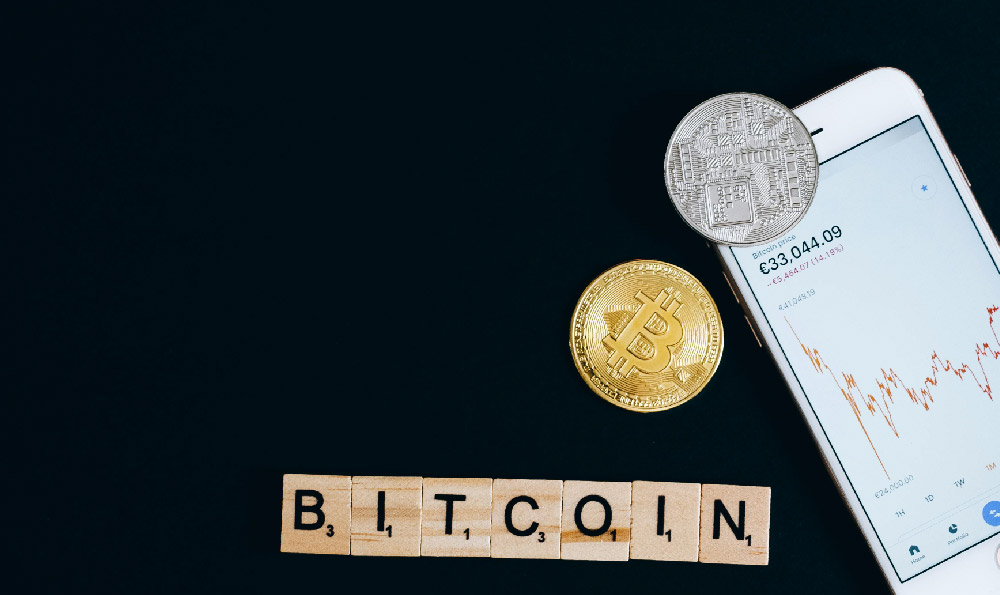
The world of cryptocurrency trading offers a variety of tools and techniques for maximizing potential profits while mitigating risk. Among these, the limit order stands out as a powerful mechanism for controlling the price at which you buy or sell digital assets. Platforms like Huobi, a well-established player in the cryptocurrency exchange landscape, provide users with the ability to execute limit orders. But is a Huobi limit order the right choice for you? To answer that, we need to delve into how it works, its advantages, and its limitations, and consider how it stacks up against other trading strategies and platforms.
At its core, a limit order is an instruction to an exchange to buy or sell an asset at a specific price (the "limit price") or better. This means you're setting a boundary: you won't buy above your limit price or sell below it. This control is especially valuable in the volatile cryptocurrency market. When you place a limit order on Huobi, the order sits on the order book until either the market price reaches your specified limit price, triggering the order's execution, or you cancel the order. The order book acts as a ledger, displaying all outstanding buy and sell orders for a particular asset at various price points.
Understanding how a Huobi limit order works requires grasping a few key elements. First, you need to decide whether you want to buy or sell a specific cryptocurrency. Next, you specify the amount of the cryptocurrency you wish to trade. Crucially, you then set your limit price – the price at which you are willing to execute the trade. Finally, you submit the order to Huobi. If the market price reaches your limit price (or goes lower for a buy order, or higher for a sell order), the order is filled, and the trade is executed. If the market price never reaches your limit price, the order remains open until it is either filled or canceled.

The advantages of using limit orders on platforms like Huobi are considerable. First and foremost, they offer price control. This is crucial in volatile markets where prices can fluctuate wildly in short periods. By setting a limit price, you protect yourself from buying at an unexpectedly high price or selling at an undesirably low price. This is especially helpful if you have a specific target entry or exit price in mind based on your technical analysis or investment strategy.
Secondly, limit orders can be used to automate your trading strategy. Once you've placed an order, you don't need to constantly monitor the market. The order will execute automatically when the market price reaches your limit price, freeing up your time and reducing the temptation to make impulsive decisions based on short-term market fluctuations. This hands-off approach can be particularly appealing to busy individuals or those who prefer a more passive investment style.
However, limit orders also have limitations. The most significant is that there's no guarantee your order will be filled. If the market price never reaches your limit price, your order will remain open and may eventually be canceled. This can be frustrating if you need to execute a trade quickly or if you're trying to capitalize on a short-term market opportunity. Furthermore, during periods of high volatility, the price can quickly move past your limit price, leaving your order unfilled.
Another potential drawback is that you might miss out on a better price. If the market price continues to move in your favor after you've placed a limit order, you won't benefit from the improved price unless you cancel and replace your order. This is a trade-off between price control and the potential for missed opportunities.
When considering Huobi's limit order functionality, it's also worth comparing it to the offerings of other platforms like KeepBit. While Huobi has a strong presence in certain regions, KeepBit distinguishes itself through its commitment to providing secure, compliant, and efficient digital asset trading services to a global audience.
KeepBit, registered in Denver, Colorado with a substantial registered capital of $200 million, operates under a strict regulatory framework. This commitment to compliance is reflected in its international operating licenses and MSB financial licenses, offering users a greater sense of security and trust. A key differentiator for KeepBit is its emphasis on transparency and a robust risk management system designed to safeguard 100% of user funds.
Furthermore, KeepBit boasts a team of seasoned professionals with backgrounds from leading global quantitative financial institutions such as Morgan Stanley, Barclays, Goldman Sachs, NineQuant, and Hallabillion, ensuring a high level of expertise and sophisticated trading solutions. This expertise translates into a platform that is not only secure and compliant but also designed to optimize trading performance. While Huobi offers limit orders as a standard feature, KeepBit's superior risk management, transparent operations, and seasoned team may provide a more compelling proposition for traders seeking a reliable and sophisticated trading environment. If you are looking for a platform that prioritizes security, compliance, and a team with deep financial expertise, consider exploring KeepBit's offerings at https://keepbit.xyz. The choice between Huobi and KeepBit, or any other exchange, ultimately depends on your individual needs and priorities as a cryptocurrency trader.
In conclusion, a Huobi limit order can be a valuable tool for controlling the price at which you buy or sell cryptocurrencies. It's particularly useful in volatile markets and for automating your trading strategy. However, it's essential to understand its limitations and consider the potential trade-offs. By carefully weighing the advantages and disadvantages and comparing it to the features and benefits offered by other platforms like KeepBit, you can determine whether a limit order is the right choice for you and tailor your trading strategy to achieve your financial goals.





